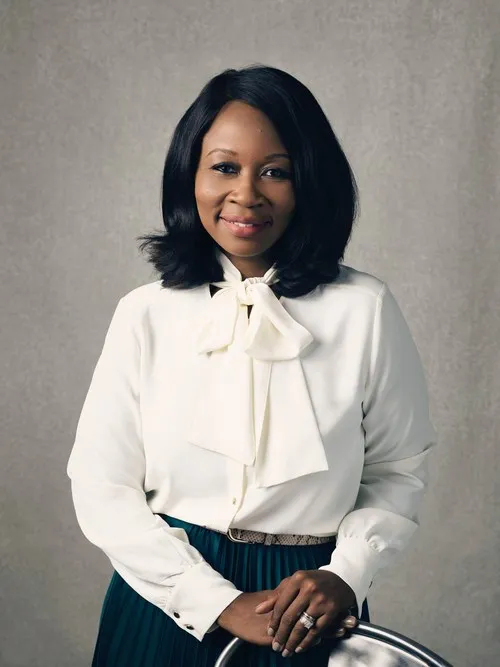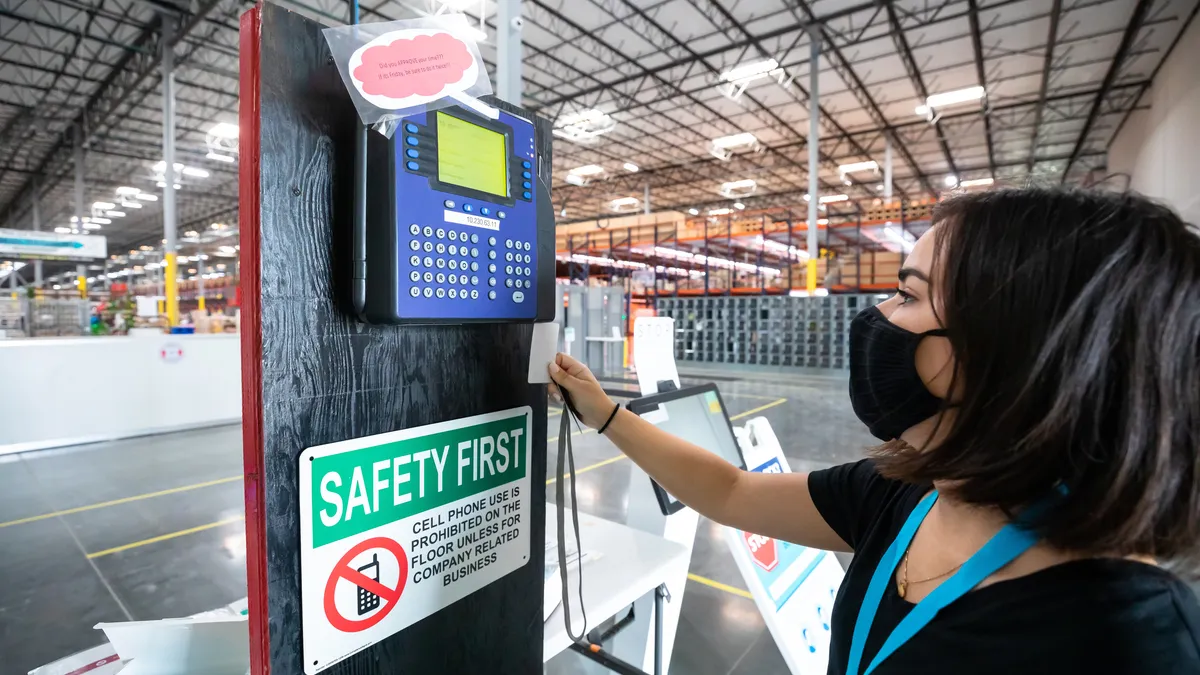
After steering environmental services company WM through the pandemic as its chief people officer, Tamla Oates-Forney left to serve as EVP and CHRO at USAA, beginning that new role Aug. 8.
It’s an exciting time to be in human resources, she told HR Dive; the profession is finally getting its due, but HR pros must be ready to contribute to business strategy.
Editor’s note: This interview has been edited for clarity and brevity.
HR DIVE: WM and USAA seem like very different companies. What features stand out to you?
TAMLA OATES-FORNEY: The industry is different obviously: environmental services to financial services. So are the ages of the companies. I’ve left a 54-year-old company for a 100-year-old company. And then I’m going from a public company to a private one. But at the heart of them both are the importance of our people and the role that they play in moving the company forward.
What’s your proudest accomplishment from your time at WM?
When I came to WM after 20 years at GE, CEO Jim Fish made a public declaration he wanted the company to transition from profit first to people first. That’s people first not in lieu of profitability, but people first for the sake of profitability. They never had a true “HR professional” — their words, not mine — to make that happen. It was a challenge but a challenge I was really excited about because I understand the power of people in terms of progressing a company.
I also knew I had an obligation and role to play in terms of people viewing environmental services as an employer of choice. In 2021, we implemented a program called “Your Tomorrow” where we provided educational benefits not only for the employees but also their dependents including spouse and children. It was game changing for industry.
What brought you to USAA?
My father and one of my brothers are veterans, and another brother is now in a second branch of service. I have strong military roots, so coming to a company that’s been around for 100 years, and that is very purpose- and mission-driven, was a great opportunity. It allowed me to also exercise my muscles from an HR perspective in a different industry.
When I was entertaining this option, I talked to my boss at WM about it. We had that kind of relationship and transparency. He told me he, too, was a 26-year member of USAA, and said “I don’t want to lose you but opportunities like this don’t come along often.” When I told my dad, you would have thought I won the lottery.
How would you describe the USAA workforce?
We have 39,000 employees, primarily in eight different regional offices and headquartered in San Antonio. We have a primarily professional workforce with a large contingency of member services representatives. We’re constantly engaged in providing our members with exceptional quality and services.
Is there anything novel about what USAA is doing on the HR front?
Our benefit offerings are — honestly speaking — unlike anything I’ve ever seen. We provide for our workforce comprehensively because we really believe in providing for the entire wellness of the employees so they can in turn take care of our members.
If employees feel like they have a voice, and employers listen to them, they have no reason to go anywhere else.

Tamla Oates-Forney
CHRO, USAA
We recently announced a third inflationary bonus payment for our employees. We also just launched development hours, giving employees 32 hours a year to focus on themselves. That came directly from listening to employees. One of the things they told us is that we have great learning opportunities, but they don’t have time. So we carved out time. If employees feel like they have a voice, and employers listen to them, they have no reason to go anywhere else.
Any tips for HR pros trying to manage a tight labor market?
One of the things you have to do is truly and effectively articulate your company’s employee value proposition in context of why your organization should be an employer of choice. It has to be more than just a paycheck. For most people today, “purpose” is differentiation. A paycheck is just one of the table stakes. Also, think about creating a career trajectory for employees and showing evidence of that being the case. That is a part of our EVP and should be part of any company’s EVP.
We’re very fortunate we have a strong brand that has staying power, that’s been around for a long time and that is mission-driven. This mission is unlike anything I’ve ever experienced before. It’s more than just words on a sheet of paper or imprinted on a mural. It is something that is pervasive throughout the company and embedded in everything that we do.
Do you have advice for new HR professionals?
It’s important for you to really understand your "why.” Oftentimes when I ask college students why they want to go into HR, the answer I often receive is that they like people. Not everybody’s going to like you in this role. It’s not a party-planning job.
HR is also evolving. You should be engaged in the strategy of the company.
Prior to COVID-19, some HR professionals didn’t have a seat at the table. You didn’t have a lot of CHROs in the boardroom. Now, every single company understands that unless you get the people equation right, your ability to win as a company is going to be suboptimized. The value of our position has been elevated, and we have to show up differently than before — as business leaders who happen to be leading HR.
It’s a phenomenal profession and we are finally getting our just due in terms of people understanding the value that we bring. It’s an exciting time to be in this profession.










